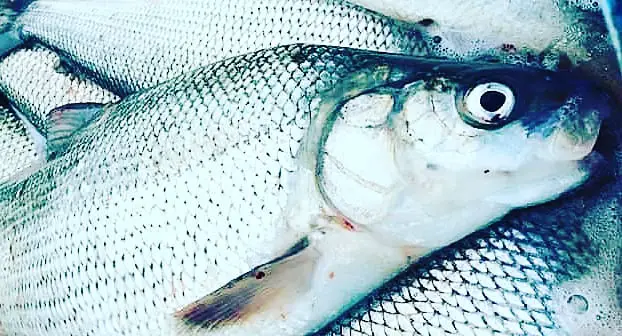The Michigan Department of Natural Resources (DNR) recently announced a substantial funding initiative to bolster fisheries habitat conservation across the state. With up to $1.5 million in grants earmarked for projects ranging from dam removal to fish habitat restoration, the DNR aims to improve conditions for recreational fishing and enhance aquatic ecosystems. However, environmental groups, local communities, and stakeholders have expressed growing concerns. The funding priorities, they argue, seem disproportionately skewed towards sportfish species like bass, trout, and walleye, while overlooking the critical needs of native fish such as whitefish, which are vital to Michigan’s natural heritage and local economies.
As the DNR moves forward with allocating these funds, critics question why not a single penny is being spent specifically on whitefish preservation—a species facing significant ecological and commercial pressures. This perceived neglect has sparked a debate about the state’s conservation priorities and the broader implications for Michigan’s aquatic ecosystems.
Overview of the Funding Initiative

The Michigan Department of Natural Resources (DNR) has announced a new funding initiative that will allocate up to $1.5 million in grants for various projects aimed at conserving and improving fisheries habitats across the state. The grants will support a range of activities, including fish habitat conservation, dam removal and repair, resource assessment studies, and efforts to enhance recreational opportunities in Michigan’s lakes, rivers, and wetlands.
The funding will be distributed through an open, competitive process and is available to a wide array of applicants, including local, state, federal, and tribal governments, as well as nonprofit organizations. The DNR’s decision to offer these grants aligns with its mission to protect and rehabilitate the state’s aquatic ecosystems, which are central to both the local economy and the outdoor recreational activities that many residents and tourists enjoy.
Funding Breakdown and Allocation
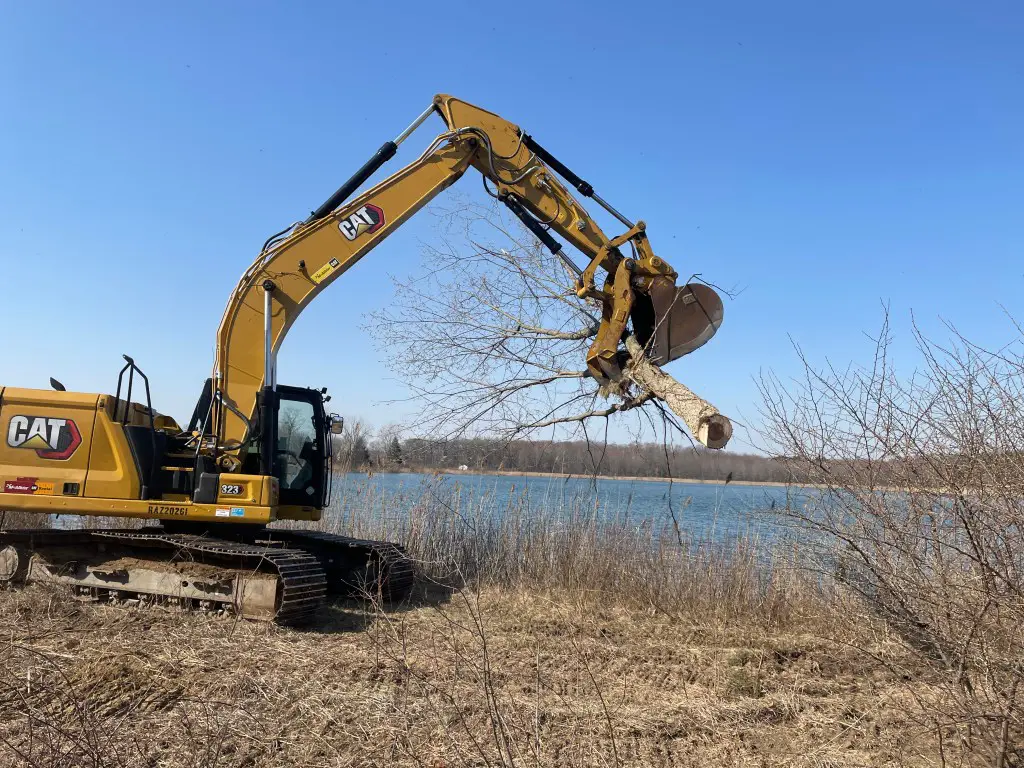
The grant funding is divided among three main areas:
- Aquatic Habitat Conservation: Up to $951,727 is available from the state’s Game and Fish Protection Fund to support projects that aim to conserve aquatic habitats. This funding is primarily targeted at efforts to restore fish habitats, improve water quality, and promote sustainable management practices in Michigan’s freshwater environments.
- Dam Management: $350,000 from the state’s General Fund is allocated for projects related to the management, repair, or removal of dams. These projects are intended to address issues such as impaired fish passage, sediment buildup, and public safety concerns associated with aging or obsolete dam structures.
- Recreation in Selected Watersheds: At least $225,000 comes from a hydropower license and settlement agreement between Consumers Energy and various entities, including the DNR, specifically designated for recreational improvements in the Au Sable, Manistee, and Muskegon river watersheds. This portion of the funding will support projects that enhance fishing, boating, and other recreational activities in these regions.
Guidelines and Eligibility
Grant amounts range from a minimum of $25,000 to the total amount of available funding, depending on the scope and scale of the proposed projects. This year, the DNR has also made a significant change by allowing applications that focus entirely on project engineering and design to be eligible for funding. Previously, only engineering and design related to dam removals were eligible, but this eligibility has now been expanded to include other complex projects like fish passage structures and culvert removals.
Applicants are required to discuss their projects with a local DNR fisheries biologist and submit a preproposal by October 4. Following an initial review, selected applicants will be invited to submit full proposals, with final funding decisions expected by May 2025. This competitive process is designed to ensure that the most impactful and cost-effective projects receive support.
Prioritization of Sportfish Species Over Native Whitefish
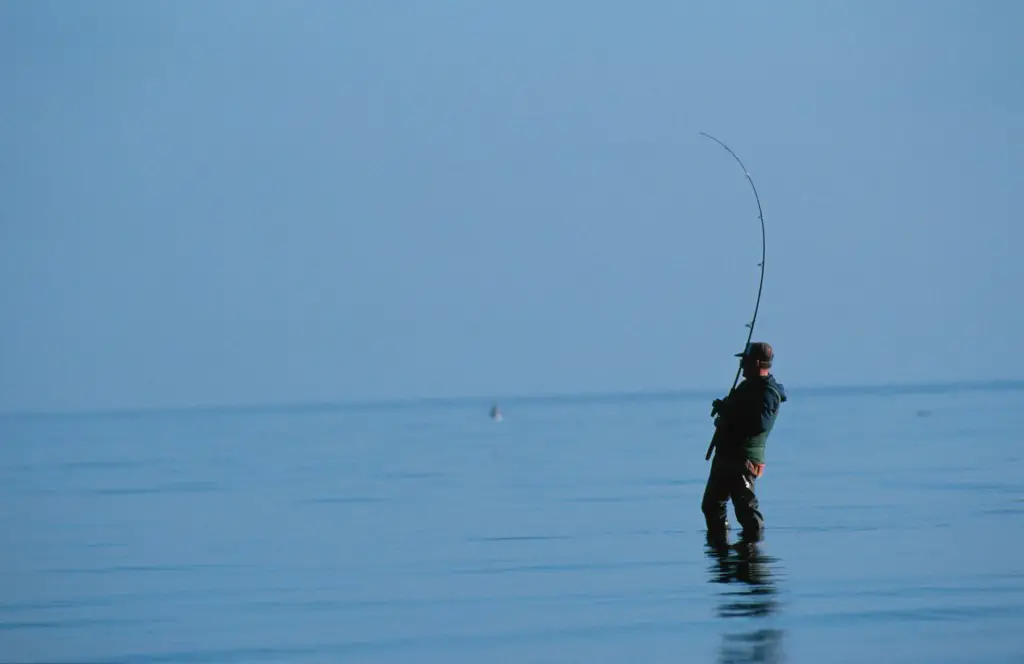
A closer look at the DNR’s recently announced funding priorities reveals a strong focus on enhancing habitats for recreational sportfish species such as bass, trout, and walleye. The DNR’s 2024 Priority Habitat Conservation Projects list is filled with initiatives targeting the improvement of environments that directly benefit these species. Projects include dam removals, shoreline restorations, and fish habitat enhancements, all designed to support popular game fish that attract anglers to Michigan’s lakes and rivers.
Emphasis on Sportfish
The DNR’s funding strategy explicitly prioritizes sportfish species, which are central to Michigan’s robust recreational fishing industry. Among the highlighted projects:
- Altona Dam Removal on the Little Muskegon River: Aimed at improving aquatic organism passage and stream health, this project benefits brook trout, brown trout, and rainbow trout by restoring natural sediment transport and reducing stream temperature.
- Shoreline Restoration in Lake Charlevoix: Designed to rehabilitate nearshore habitats that are critical for walleye, smallmouth bass, and other species, this initiative focuses on reversing the damage caused by shoreline development and erosion.
- Boardman River Dam Removal Habitat Projects: Following the removal of the Brown Bridge, Boardman, and Sabin dams, this project supports the creation of new instream habitats that benefit brook trout, brown trout, lake sturgeon, and lake trout.
While these projects are certainly valuable for maintaining healthy sportfish populations and supporting recreational activities, they do not address the needs of native whitefish, a species that has seen a decline in both population and habitat quality in recent years.
Lack of Focus on Whitefish
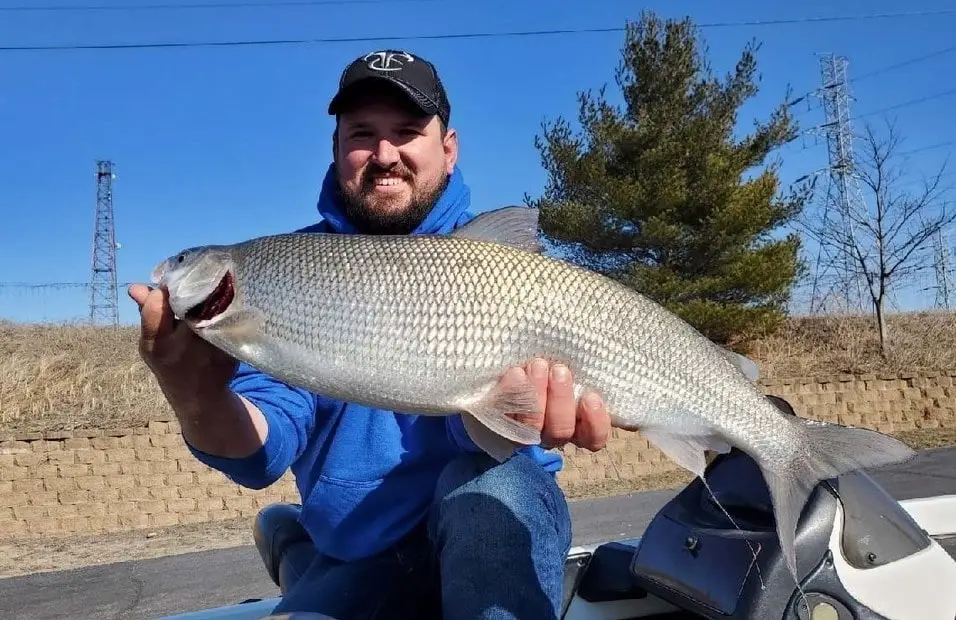
Notably absent from the DNR’s funding priorities is any specific focus on whitefish preservation. The whitefish, a native species integral to Michigan’s aquatic ecosystems and a staple of the Great Lakes commercial fishing industry, receives little to no attention in the DNR’s current grant cycle. Unlike the targeted projects for trout, bass, and walleye, there are no funded initiatives aimed at whitefish habitat restoration or population recovery efforts.
Whitefish face a unique set of challenges that are not addressed by the DNR’s current funding strategy. Habitat degradation, climate change, and invasive species have all contributed to declining whitefish populations, yet the DNR’s plan does not earmark any of the $1.5 million for projects that could help reverse these trends. Instead, the focus remains on sportfish species, reflecting a perceived bias towards recreational fishing interests.
Implications of this Prioritization
The lack of specific funding for whitefish preservation has drawn criticism from various stakeholders, including commercial fishers, environmental groups, and some local communities. Whitefish are not only ecologically significant, helping to maintain balanced food webs, but also economically vital to Michigan’s commercial fishing industry. By neglecting the species in its funding priorities, the DNR risks further population declines, which could have cascading effects on both the environment and the economy.
This perceived imbalance in funding allocation raises questions about the DNR’s commitment to protecting all facets of Michigan’s aquatic biodiversity. Critics argue that by focusing almost exclusively on sportfish, the DNR is catering primarily to recreational interests, potentially at the expense of native species that are equally important to the state’s ecological health and heritage.
Impact on Whitefish Populations and Ecosystem Health
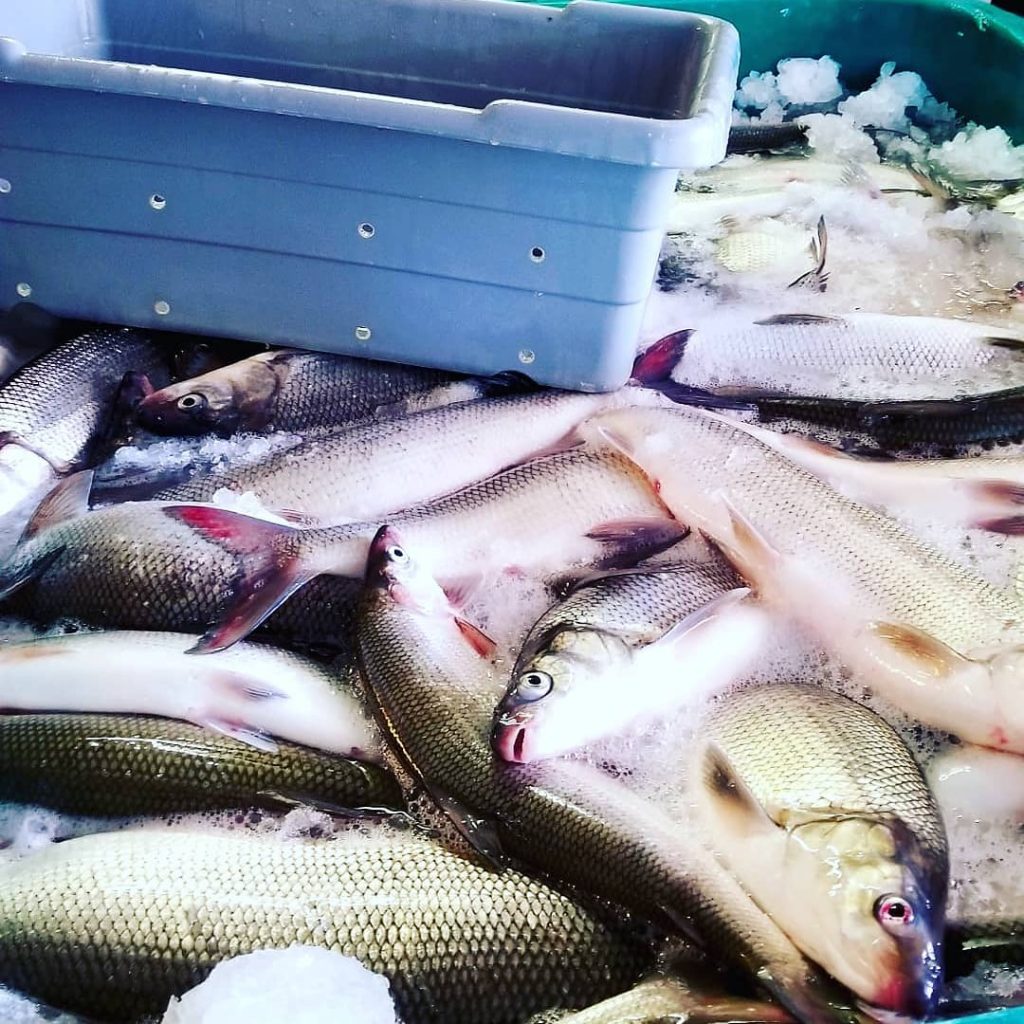
Whitefish, a native species to Michigan’s Great Lakes, has long been a cornerstone of the state’s aquatic ecosystems and its commercial fishing industry. However, this species is facing a series of growing threats that put its future at risk. The Michigan Department of Natural Resources’ (DNR) recent funding decisions have exacerbated concerns among scientists, conservationists, and local fishers, who argue that the state’s current conservation efforts are leaving whitefish in the lurch.
Ecological Significance of Whitefish:
Whitefish play a critical role in Michigan’s freshwater ecosystems. As a native species, they help maintain balanced food webs by serving as both predator and prey. Juvenile whitefish feed on zooplankton, while adult whitefish consume benthic organisms, contributing to the control of aquatic insect populations and the overall health of the lakes they inhabit. Whitefish, in turn, are a crucial food source for larger predatory fish, such as lake trout and walleye, and provide sustenance for birds and mammals, linking aquatic and terrestrial ecosystems.
Beyond their ecological importance, whitefish are also a cultural and economic staple. They are prized for their delicate flavor and have supported commercial fisheries in the Great Lakes for centuries. Today, the commercial whitefish industry supports hundreds of jobs and contributes significantly to local economies, particularly in coastal communities. The decline of whitefish populations, therefore, has ramifications that extend far beyond the waters they inhabit.
Challenges Facing Whitefish Populations:
The decline of whitefish populations in Michigan results from a combination of factors. Habitat degradation, driven by shoreline development, pollution, and invasive species, has severely impacted whitefish spawning grounds. Many traditional spawning areas are degraded or inaccessible, reducing reproduction rates. Climate change is also a significant factor, altering water temperatures and lake conditions in ways detrimental to whitefish. Warmer water temperatures affect whitefish physiology and breeding cycles, leading to fewer successful spawns and weaker juvenile survival rates.
Compounding these challenges are the impacts of invasive species like zebra mussels and quagga mussels. These invasive mollusks have altered the nutrient dynamics of the Great Lakes, filtering out phytoplankton that forms the base of the aquatic food web, which has downstream effects on the zooplankton that young whitefish feed on. This disruption has led to food scarcity and, consequently, declining whitefish numbers.
DNR’s Omission and Its Consequences:
Despite these well-documented challenges, the DNR’s current funding strategy does not include specific projects for whitefish preservation or habitat restoration. This omission reflects a significant gap in the agency’s approach to managing Michigan’s aquatic resources. By focusing nearly all of its funding on sportfish species, the DNR neglects the urgent conservation needs of whitefish, a species essential for ecological balance and economic sustainability.
The consequences of this oversight could be severe. Without targeted conservation efforts, whitefish populations will likely continue their decline, potentially reaching a point where recovery is no longer feasible. This would disrupt the ecological balance of the Great Lakes and threaten the livelihoods of commercial fishers and the cultural heritage of communities that have depended on whitefish for generations.
Experts warn that ignoring the plight of whitefish could lead to broader ecosystem imbalances. As whitefish numbers dwindle, the species that depend on them—either as a food source or a competitor—may also be affected, creating a ripple effect throughout the food chain. In turn, this could affect recreational fish species that the DNR is currently investing heavily to protect, ultimately undermining the very goals the DNR seeks to achieve.
Response from Stakeholders
The Michigan Department of Natural Resources (DNR) decision to allocate up to $1.5 million in grant funding predominantly for projects benefitting sportfish has sparked a wave of criticism from various stakeholders across the state. Environmental organizations, commercial fishers, and tribal communities are voicing their concerns, arguing that the DNR’s funding priorities are shortsighted and fail to address the critical needs of native species like whitefish.
UpNorthLive conducted an in depth report on the steep reduction of whitefish over the past ten years. “Since the 90s, we’ve seen some of the juvenile whitefish production kind of go down,” Michigan Sea Grant Extension Program Educator Mark Breederland said. “Whitefish live out in the summer and in the fall in the deeper waters. And they come in little bit shallower waters during the late fall, usually November and into December, for spawning. We just haven’t seen the recruitment and spawning that we have had in the past.”
Calls for a Broader Conservation Focus
The growing criticism has led to calls for a more inclusive and balanced approach to conservation funding. Stakeholders are advocating for the DNR to broaden its criteria for grant allocation to include projects that focus specifically on whitefish preservation and the restoration of their habitats. They emphasize that a holistic conservation strategy should address both recreational and commercial species, recognizing the interconnectedness of Michigan’s aquatic ecosystems.
Potential Policy Changes and Future Initiatives
In response to the growing criticism, some state lawmakers have begun to push for a reassessment of the DNR’s funding priorities. Discussions are underway about potential legislative changes that could mandate more balanced conservation funding, ensuring that native species like whitefish receive the attention they need. There is also a call for increased transparency in the grant allocation process, allowing for public input and scrutiny of how funds are distributed.
Conclusion and Future Outlook
As the Michigan Department of Natural Resources (DNR) moves forward with its $1.5 million grant initiative aimed primarily at enhancing habitats for recreational sportfish, the controversy surrounding the omission of funding for whitefish preservation continues to grow. Critics argue that this funding strategy neglects the broader needs of Michigan’s aquatic ecosystems and overlooks the significance of native species like whitefish, which are vital for both ecological balance and local economies.
